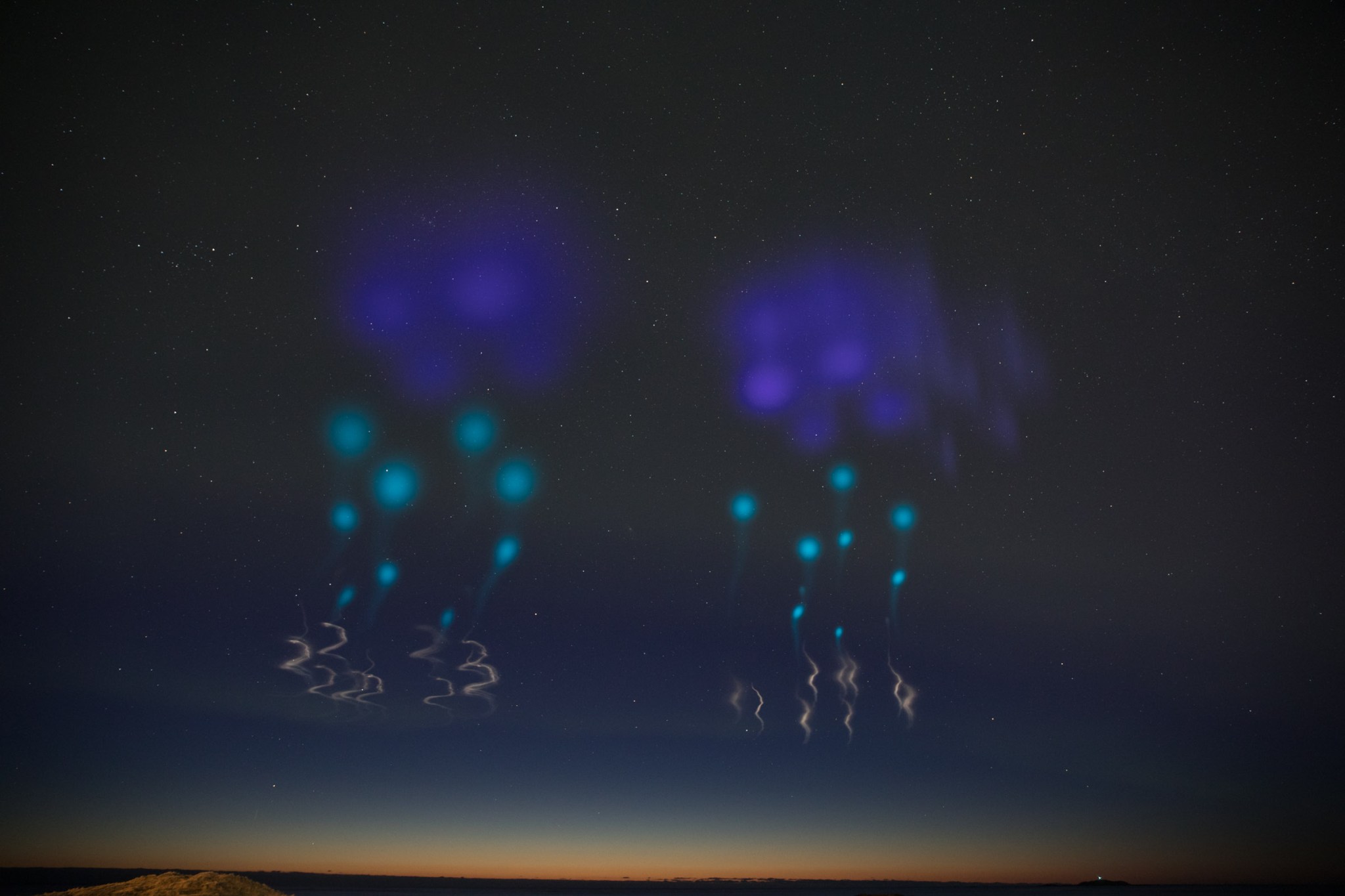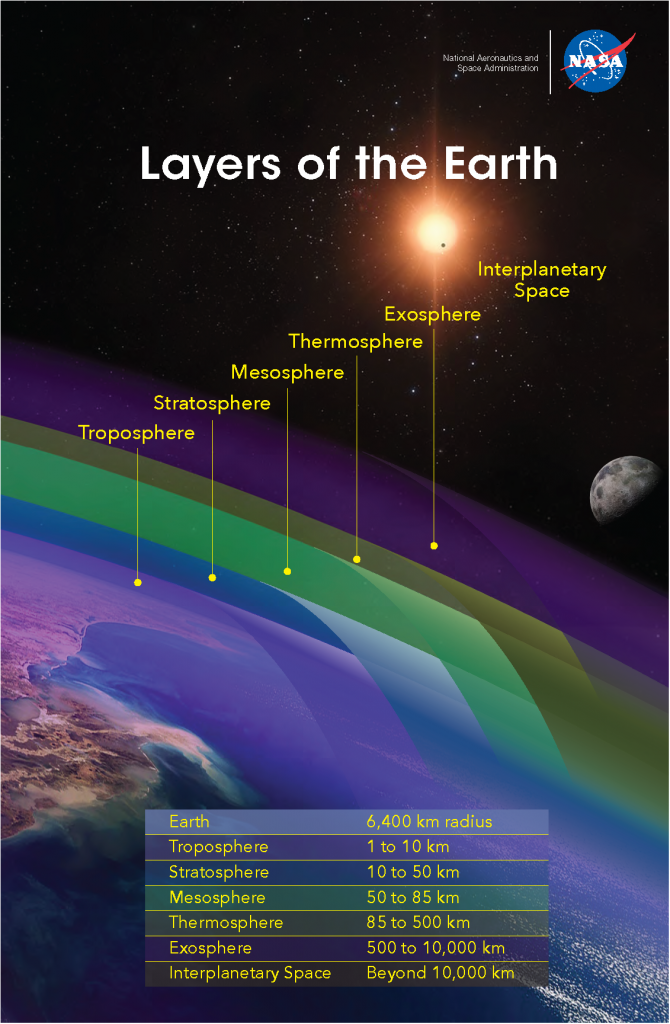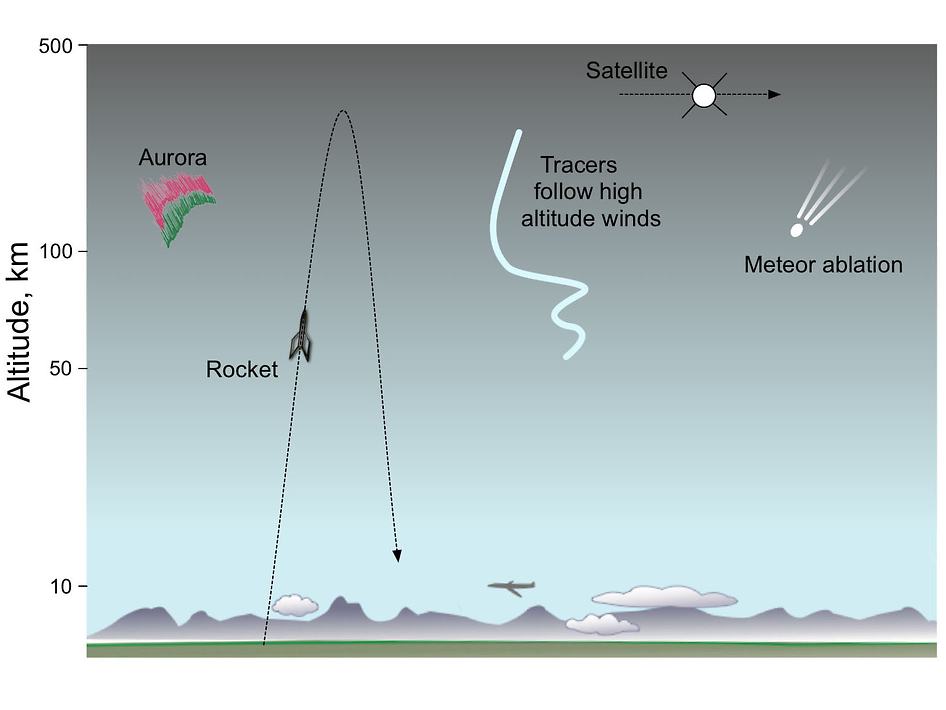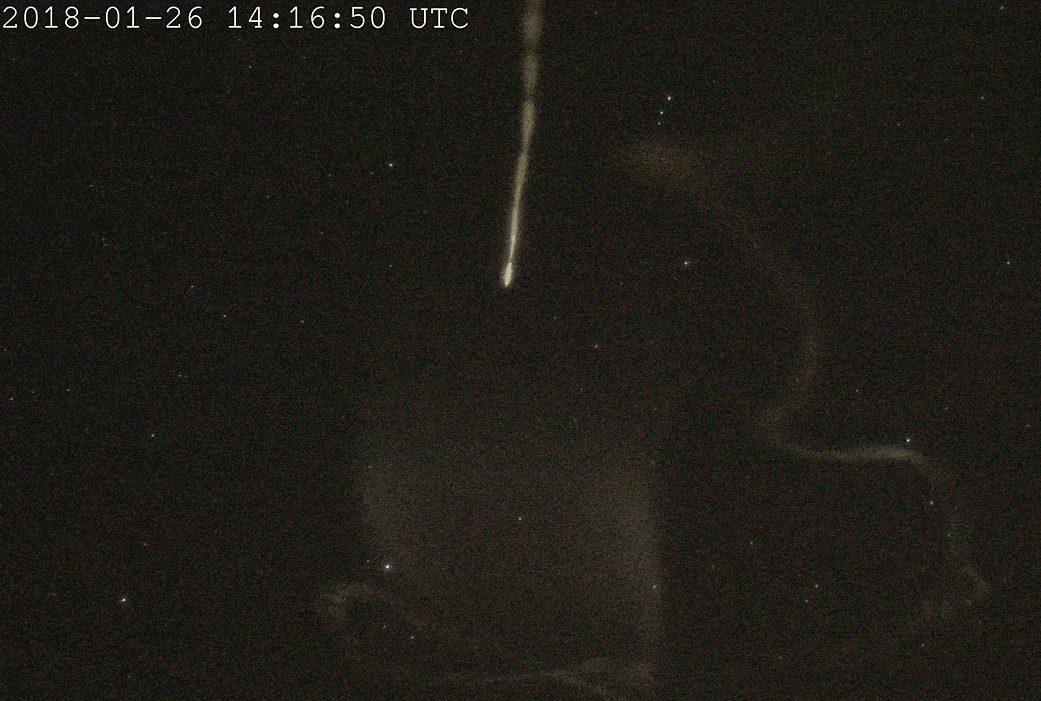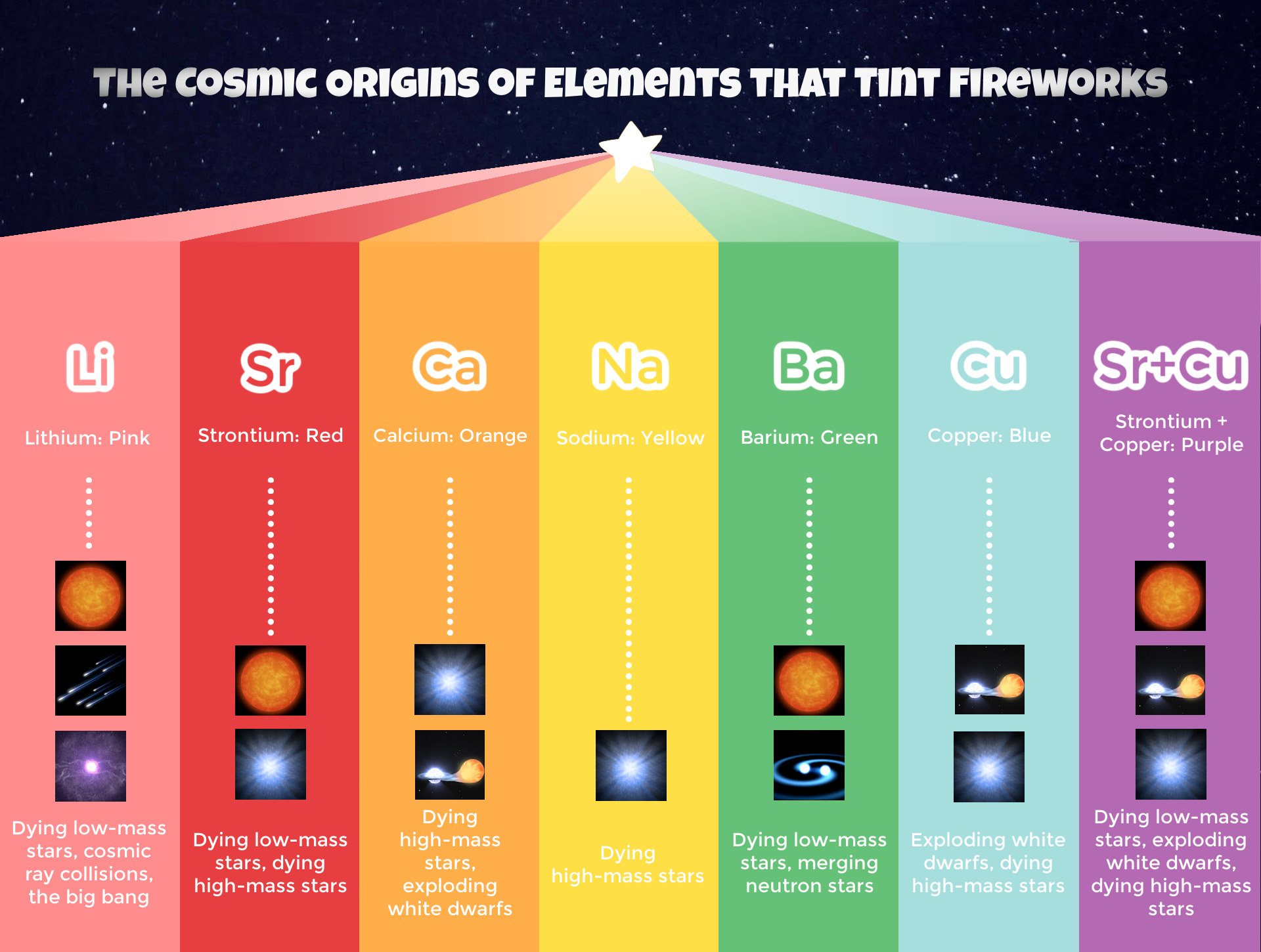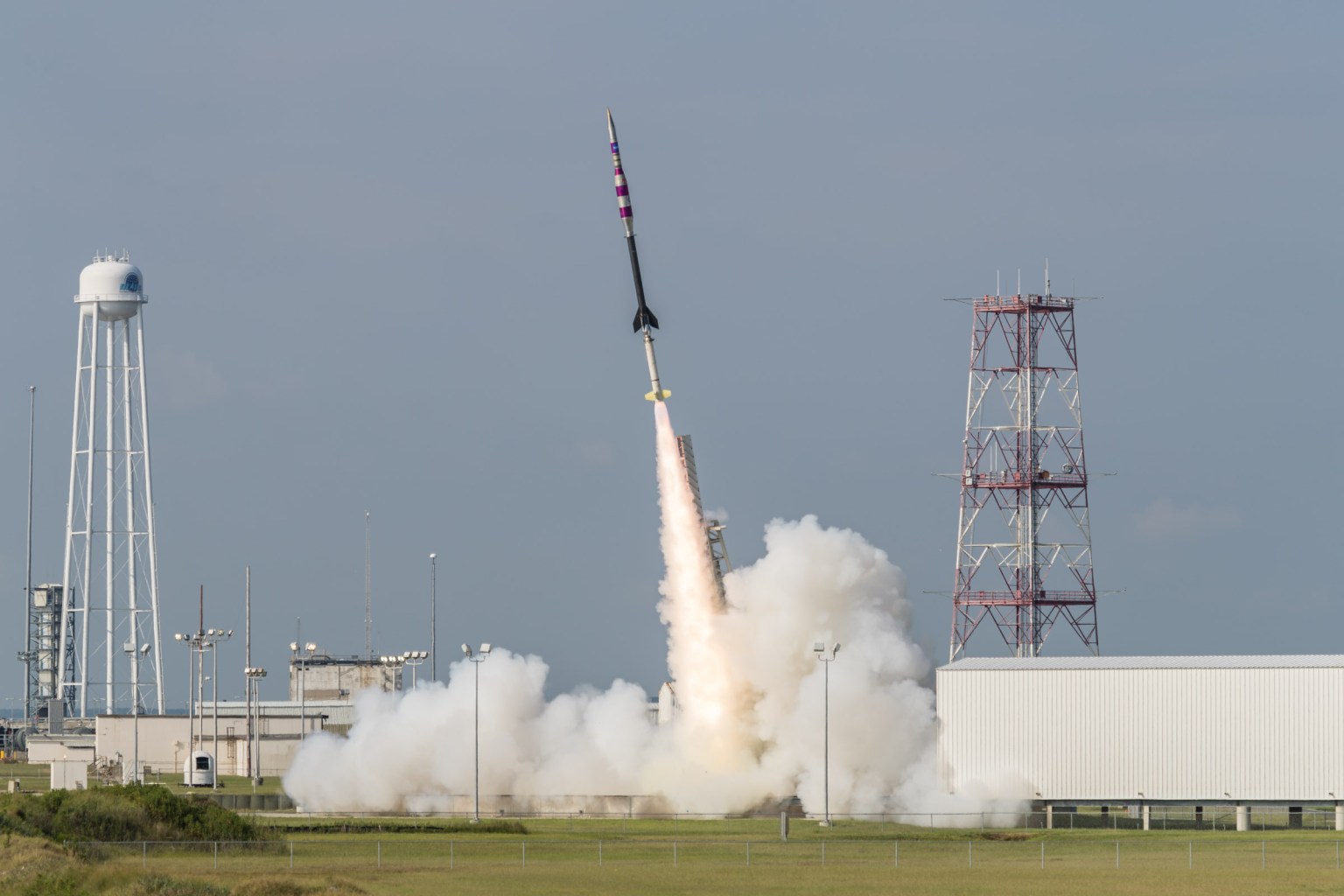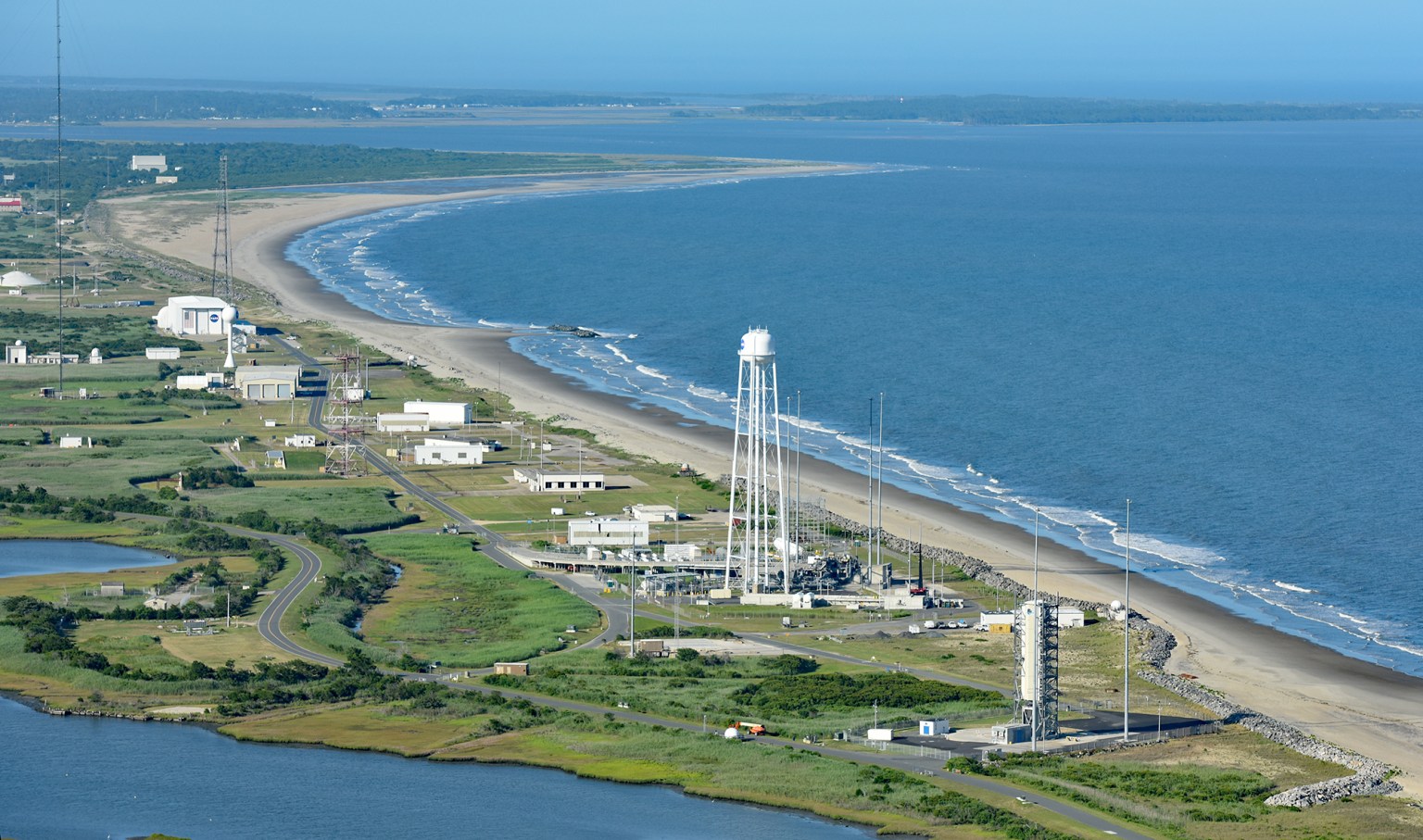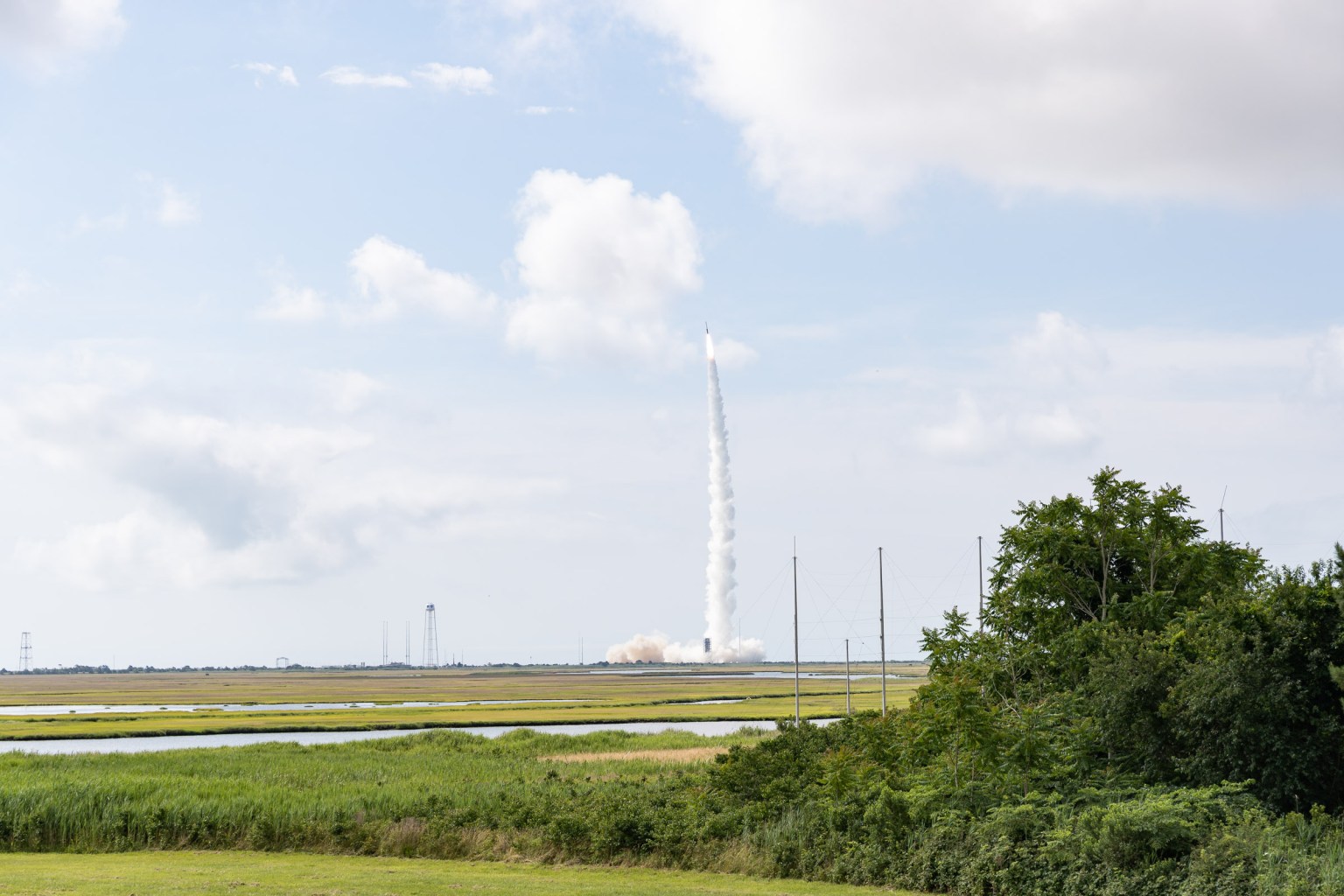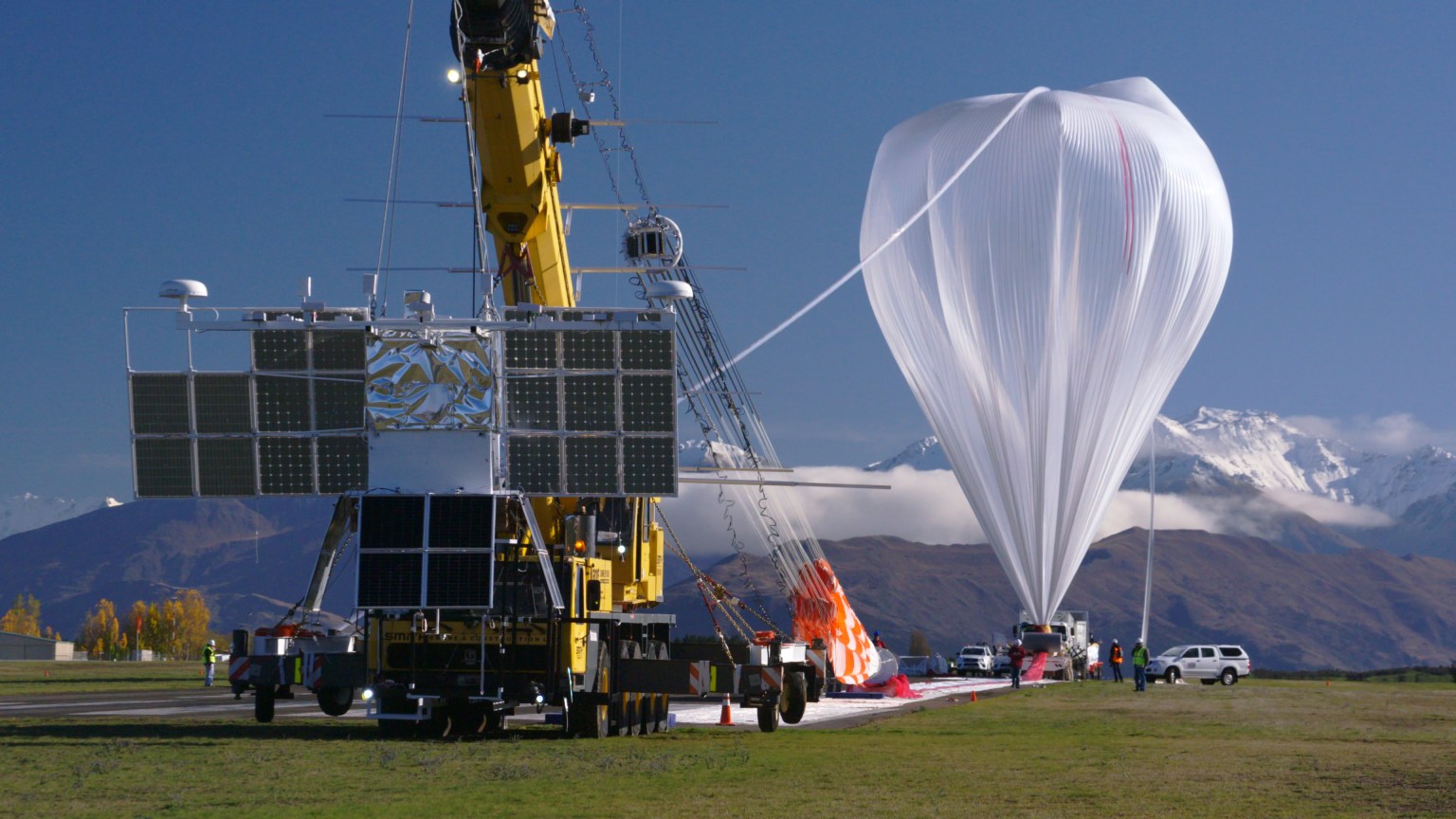The Earth’s atmosphere extends far into space, more than 620 miles (1000 kilometers) above the surface. Just as there are winds in the atmosphere near the surface of the Earth, the upper atmosphere is also constantly in motion, resulting in very high altitude winds in space that change with altitude, local time, latitude, and season.
Above about 62 miles (100 kilometers) altitude, a tiny fraction of the upper atmosphere is ionized by EUV radiation from the sun. This ionized component, called the ionosphere, co-exists in the same volume as the upper atmosphere, and also extends far into space. The ionized gases are also in motion, but their movements are guided by the Earth’s magnetic and electric fields in space.
Since the earliest days of the space age, scientists have been studying the motions of both the upper atmosphere winds and the ion drifts in the ionosphere. In particular, scientists seek to understand how the winds and ion drifts are coupled to each other. This area of research is especially interesting, since the winds are driven, in part, by heating and energy sources from below whereas the ion drifts are driven, in part, by energy sources from above. In particular, the largest ion drifts are driven by electric fields that are generated by solar wind interactions with the Earth’s magnetic field at very far distances in the magnetosphere. Ultimately, the source of energy of both the upper atmosphere winds and the ion drifts, is the sun.
Just as there are familiar weather patterns for atmospheric conditions near the ground, the upper atmosphere winds and ion drifts are also organized into patterns that change with latitude, local time, season, and altitude. Computer models show how the upper atmosphere winds and ion drifts are believed to change across the globe, and show in particular how the winds and ion drifts become much stronger at high latitudes. Computer models also show how the winds are believed to change with altitude.
Although computer models are exceedingly useful and important, scientists seek to measure the actual motions of the upper atmosphere and ionosphere to discover the real behavior of their motions and to learn if the models are correct. Measuring these motions is not easy. In order to learn what are the actual winds in the upper atmosphere, scientists typically use probes on satellites and rockets, as well as ground-based instruments, such as powerful radars, lidars, and optical imagers.
Another particularly useful technique that provides very accurate information involves the release of a very small, artificial vapor that creates a trail or “cloud” in the region of space being studied. After releasing this material in space, researchers then visually observe the subsequent movement of the vapor as it traces the motions of background environment. This technique is analogous to that of injecting a small, harmless dye into a river or stream, to study its currents, eddies, and other motions.
NASA and other space agencies around the world use vapor tracers released from sounding rockets to track the motions of upper atmospheric winds and ion drifts. Below, we provide information regarding how NASA carries out sounding rocket missions to reveal the upper atmospheric winds and ion drifts using vapor tracers, or trails, released along the near-vertical trajectories of sounding rockets in space.
Sounding Rockets & Vapor Tracers
Sounding rockets have been used since the 1950’s to study the upper atmosphere and ionosphere and to aid in understanding the Earth’s near-space environment. The rockets follow parabolic or “U-shaped” trajectories, providing nearly vertical paths along their ascent and descent. Whereas the overall time in space is brief (typically 5–20 minutes), for a well-placed scientific experiment launched into a geophysical phenomena of interest, the short time and low vehicle speeds are more than adequate (in some cases they are ideal) to carry out a successful scientific experiment. Furthermore, there are some important regions of space that are too low to be sampled by satellite instruments (i.e., the lower ionosphere/upper atmosphere below 81 miles or 130 kilometers altitude) and thus sounding rockets provide the only platforms that can carry out direct in situ measurements in these regions.
Most sounding rockets carry scientific instruments into space, which relay their measurements to the ground using radio-wave telemetry. The long list of scientific achievements in the near-space environment provided by sounding rocket instruments range from discovering how energetic electrons create the aurora borealis at high latitudes, to characterizing the intense electrical currents (the “electrojet”) flowing near 65 miles (105 kilometers) altitude at the magnetic equator, to revealing the presence of long-lived trails of metallic ions in the lower ionosphere that are created by the influx of meteors at mid-latitudes.
In addition to gathering measurements using instruments, another standard sounding rocket experiment used by scientists involves the creation of visible trails and “clouds” through the release of vapors that either glow on their own (i.e., luminescence) or scatter sunlight. Scientists monitor and take pictures of the subsequent trails and clouds for extended time periods in order to learn how the upper atmosphere and/or the ionosphere moves and evolves.
Vapor Tracer FAQs
What are vapor tracer payloads?
Vapor tracer payloads are used to measure atmospheric winds and/or ion drifts in the upper atmosphere and ionosphere. They carry small amounts of gas into space in a canister that are then released along a portion of the rocket trajectory. The small amount of gas is then visible from the ground. By tracking their motions directly with cameras on the ground (or in an airplane), these tracers make it possible to observe the movements of the upper atmosphere or the ionosphere directly.
In what part of the atmosphere is the tracer technique used?
The majority of tracers are used in altitudes between 50 and 248 miles (80-400 kilometers) above the Earth. By comparison, commercial aircraft fly at altitudes of 6-8 miles (approx. 9-13 kilometers) above the Earth.
What is the purpose of measuring winds and ion drifts at these high altitudes?
The vapor tracers reveal the motions of the upper atmosphere (winds) and ionosphere (ion drifts). Scientists seek to understand these motions as they represent fundamental knowledge of the Earth’s near-space environment. The movement of neutral and ionized gases are important to understand as they reveal how mass and energy are transported from one region to another. These movements also respond to changes in the sun’s activity.
What vapors are used?
The tracers that are most often used include barium, lithium, and tri-methyl aluminum, which is an aluminum compound.
Are the vapors harmful to people or life on the ground?
No, the small amounts of vapor tracers that are released in space are not harmful to people or life on the ground. The vapors used as a tracer are among the same metals used much more extensively in common fireworks. The tracer materials, such as barium, lithium, and aluminum compounds, are used to make fireworks colorful and to provide bright light displays. The same materials work well as a tracer for the high atmospheric winds for the same reason. A typical tracer payload will release about a pound of the material. A typical Fourth of July fireworks display releases many times that amount and is much closer to the ground.
Do the tracer releases alter the behavior of the upper atmosphere in some way?
The purpose of the measurements is to understand how the natural upper atmospheric winds and/or ion drifts behave, not to change them. The releases would therefore have little value if they were changing the behavior of the upper atmosphere or ionosphere. The tracers are released in a part of the atmosphere where meteors from space deposit 100 to 200 tons of metallic material every day across the globe compared to a one-pound tracer release, for example. The meteors contain the same types of metallic material used in the tracers. Most people are familiar with so-called “shooting stars”, which are the visible trails produced by the meteors. The meteors are visible, in part, because of the same metallic materials that are used in the rocket payloads and in fireworks. Most meteors are the size of small grains of sand and produce visible tracers that disappear quickly. During meteor showers, larger meteors often produce much longer-lived visible trails, similar to what is produced by the rocket tracers.
What metals are users in vapor tracers?
The type of vapor selected to create these colorful clouds and trails depends on the purpose of the investigation, the local time, and the altitude under study. Commonly used vapors that are released in space are:
- Tri-methyl aluminum (TMA)
- Lithium
- Barium
Tri-methyl aluminum (TMA)
Tri-methyl aluminum reacts with oxygen and produces chemi-luminescence when exposed to the atmosphere. The products of the reaction are aluminum oxide, carbon dioxide, and water vapor, which also occur naturally in the atmosphere. TMA releases are most often used to study the neutral winds in the lower ionosphere at night at altitudes of 100 miles (160 kilometers) or less.




























